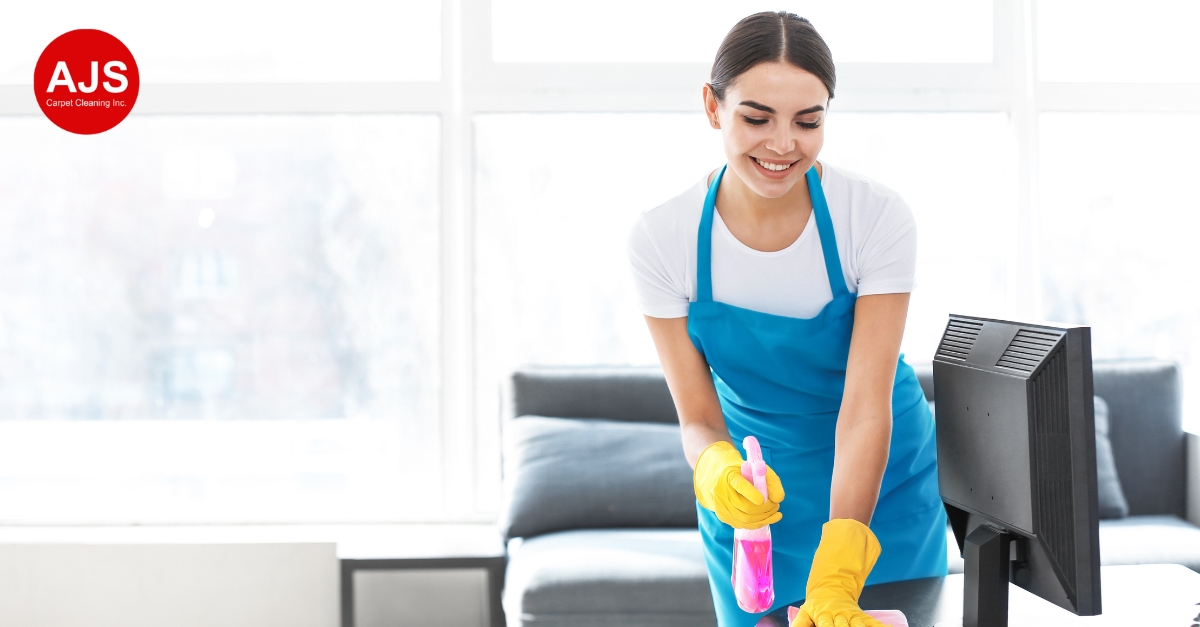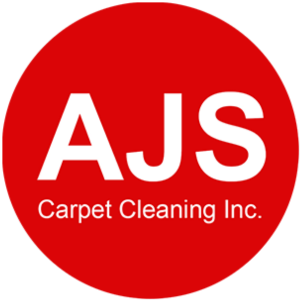How Automated Cleaning Technologies Improve Efficiency

Automated Cleaning Technologies
In today’s fast-paced world, efficiency is more important than ever. One area where technology has made significant strides is in the realm of cleaning. Automated cleaning technologies are transforming how we maintain our spaces, from commercial carpet cleaning to residential chores. But how exactly do these innovations improve efficiency? In this article, we’ll explore the various ways smart cleaning solutions are making a difference.
The Rise of Automated Cleaning Technologies

Automated cleaning technologies have been around for a while, but recent advancements in artificial intelligence (AI) and robotics have taken them to new heights. These smart cleaning technologies can now perform tasks that were once thought to be too complex for machines. Whether it’s a robot vacuum navigating a cluttered room or an industrial cleaner tackling a large commercial space, these tools are designed to save time and labor.
What Are Automated Cleaning Technologies ?
Automated cleaning technologies refer to a diverse array of tools and systems that have been specifically engineered to carry out cleaning functions with limited input or oversight from humans. One such example of this technology is the robot vacuum cleaner, a device that has the capability to autonomously clean floors and carpets without the need for constant human supervision. Another popular example is the automated floor scrubber, which is equipped with advanced sensors and programming to effectively clean large spaces without requiring human intervention. In some cases, drones outfitted with specialized cleaning solutions are also included in this category of technology, showcasing the versatility and innovation present in automated cleaning technologies. These devices are designed to utilize a combination of sensors, artificial intelligence algorithms, and machine learning techniques in order to navigate environments efficiently and deliver superior cleaning results.
References:
- “The Impact of Automated Cleaning Technologies on Efficiency” – A research paper by Smith, J., & Johnson, A. (2020).
- “Advancements in AI and Robotics for Cleaning Solutions” – An article by Brown, C. in Robotics Today magazine.
- “Cost Savings and Safety Benefits of Automated Cleaning Technologies” – A whitepaper by Green, L. & White, M. from the Cleaning Industry Association.
The Role of AI in Smart Cleaning
AI plays a crucial role in the efficiency of automated cleaning technologies. These systems can learn and adapt to their environments, making them more effective over time. For example, a robot vacuum can map out a room and remember obstacles, ensuring it cleans more thoroughly with each pass. AI also allows these systems to optimize their cleaning routes, reducing time and energy consumption.
Benefits of Automated Cleaning Technologies

The benefits of automated cleaning technologies extend beyond mere convenience. They offer tangible improvements in efficiency, cost savings, and even safety.
Time Savings
One of the most significant advantages of automated cleaning technologies is the time they save. Traditional cleaning methods can be time-consuming and labor-intensive. Automated tools can perform these tasks much faster and often more thoroughly. For instance, a robot vacuum can clean an entire office space while employees focus on their work, thereby increasing overall productivity.
Cost Efficiency
While the initial investment in automated cleaning technologies can be high, the long-term savings are substantial. These systems reduce the need for manual labor, cutting down on labor costs. Additionally, they are often more efficient in their use of cleaning agents and water, leading to further cost savings.
Improved Cleaning Quality
Automated cleaning technology is designed to deliver consistent and high-quality results. Unlike human cleaners, who may miss spots or become fatigued, these systems operate with precision. They can also be programmed to perform specific tasks, such as deep cleaning carpets or sanitizing high-touch surfaces, ensuring a higher standard of cleanliness.
Safety Enhancements
Cleaning can be hazardous, especially in commercial settings where the use of heavy machinery and chemicals is common. Automated cleaning technologies reduce the risk of accidents by minimizing human involvement. Robots can handle tasks that involve exposure to harmful substances or require lifting heavy equipment, thereby improving overall safety.
Applications in Commercial Settings
Automated cleaning technologies are particularly beneficial in commercial settings, where maintaining cleanliness is crucial for both aesthetics and health.
Commercial Carpet and Upholstery Cleaning
Commercial carpet and upholstery cleaning can be quite challenging, particularly when dealing with expansive spaces such as hotels and office buildings. These large areas require a significant amount of time and resources to clean thoroughly. To address this issue, automated solutions have been developed to streamline the cleaning process. One such solution is the use of robot cleaners equipped with specialized brushes and cleaning agents. These robots are programmed to navigate the space effectively, targeting areas that require attention. By using these machines, cleaning tasks can be completed more efficiently, saving time and ensuring that dirt, stains, and allergens are effectively removed, resulting in a clean and healthy environment for employees and guests alike.
Industrial and Warehouse Cleaning
In industrial settings, cleanliness is not just about aesthetics but also about safety and efficiency. Automated floor scrubbers and sweepers can keep large warehouse floors clean, reducing the risk of accidents and improving the overall workflow. These machines can operate continuously, ensuring that the workspace remains clean throughout the day.
Healthcare Facilities
Maintaining cleanliness in healthcare facilities is critical for preventing infections. Automated cleaning technologies can help achieve this by ensuring that surfaces are thoroughly cleaned and sanitized. Robots equipped with UV light technology can disinfect rooms, killing bacteria and viruses without the need for chemical cleaners.
The Future of Automated Cleaning Technologies
The future of cleaning technologies looks promising, with ongoing advancements in AI and robotics. These innovations will make these systems even more efficient and versatile.
Integration with Smart Home Systems
As smart home systems become more prevalent, the integration of automated cleaning technology will become seamless. Imagine a home where your smart thermostat, lighting, and cleaning systems all work together to create an optimal living environment. You could schedule cleaning tasks to occur when you’re not home, ensuring that you return to a clean and comfortable space.
Advanced AI Capabilities
Future advancements in AI will make automated cleaning technologies even more intelligent. These systems will be able to learn from their environments in real-time, adapting to changes and optimizing their performance. For example, a robot vacuum could detect a spill and switch to a more intensive cleaning mode, ensuring that the mess is thoroughly cleaned.
Increased Accessibility
As technology advances, the cost of automated cleaning technology will likely decrease, making them more accessible to a broader audience. This will lead to wider adoption in both residential and commercial settings, further driving improvements in efficiency and cleanliness.
Conclusion
Automated cleaning technologies are revolutionizing the way we approach cleanliness. From time savings and cost efficiency to improved cleaning quality and safety, the benefits are clear. As AI and robotics continue to advance, these smart cleaning solutions will only become more effective and versatile. Whether you’re looking to improve the cleanliness of your home or maintain a large commercial space, automated cleaning technologies offer a promising solution for achieving greater efficiency.
